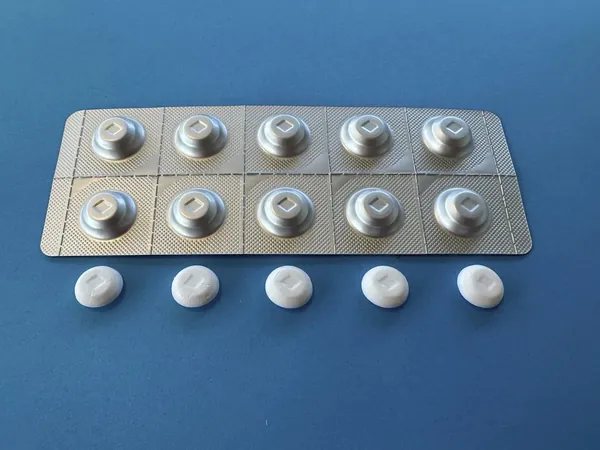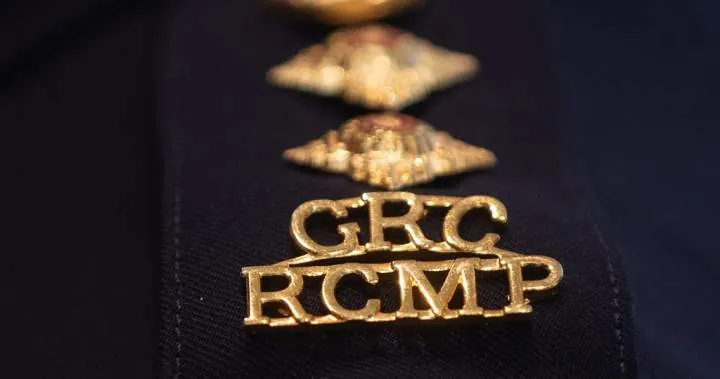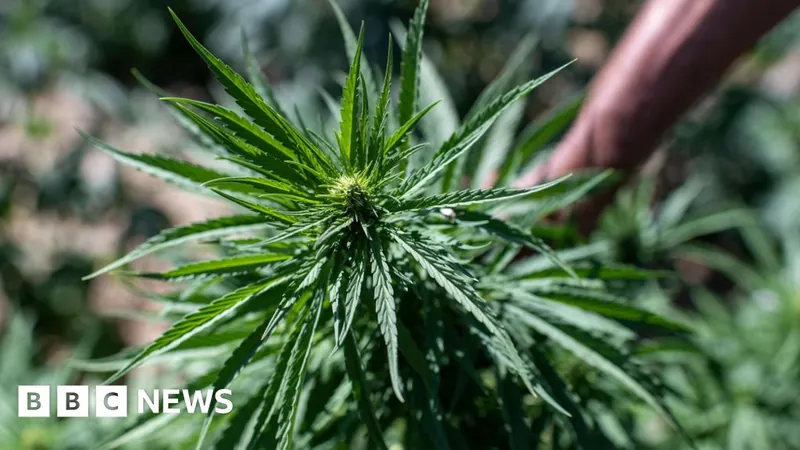
Shocking New Research Reveals Space Travel Rapidly Ages Human Stem Cells!
2025-09-04
Author: Olivia
What Happens to Our Cells in Space?
Ever wondered what space travel does to our cells? Groundbreaking research from scientists at UC San Diego has uncovered startling evidence: leaving Earth accelerates aging in our blood-forming stem cells, crucial for a healthy immune system.
Inside the Research: SpaceX & AI Innovations
In a pioneering study published in the journal Cell Stem Cell, researchers harnessed cutting-edge AI technology and nanobioreactor systems aboard four SpaceX resupply missions to the International Space Station (ISS). The results were eye-opening!
Cellular Damage Revealed After Spaceflight
After spending just weeks in space, the hematopoietic stem and progenitor cells (HSPCs) exhibited alarming signs of accelerated aging. These cells struggled to generate new, healthy counterparts and showcased a concerning increase in DNA damage—clear markers of cellular aging.
Insights from NASA's Twin Study
Catriona Jamieson, MD, PhD, director of the Sanford Stem Cell Institute, emphasized the significance of these findings. She stated, "Space is the ultimate stress test for the human body," noting that factors like microgravity and cosmic radiation may catalyze rapid molecular aging. This info is vital, especially as we venture into long-duration space missions.
The research builds on the famous NASA Twins Study, which examined astronaut Scott Kelly during his year-long mission in space, revealing unsettling changes in gene expression and immune function that lingered post-mission.
Aging Features of HSPCs in Space: What Did We Find?
Researchers collaborated with biotech firm Space Tango to utilize a novel nanobioreactor platform, enabling them to observe stem cells in microgravity for unprecedented periods—32 to 45 days. The results? Stem cells exhibited rapid aging characteristics, quickly depleting energy reserves and losing regenerative abilities.
The Fight Against Aging and Disease
The study not only identified physical aging markers but also revealed mitochondrial stress and inflammation in the cells. More shockingly, dormant parts of the genome were activated, leading to further destabilization and increased disease risk. However, when these space-exposed stem cells were returned to a healthy environment on Earth, an encouraging sign emerged: some of the cellular damage began to reverse.
Implications for Astronauts and Beyond
These findings aren't just crucial for astronauts; they open up new discussions about aging and diseases on Earth. The research team plans to extend their studies through future ISS missions, focusing on real-time monitoring and countermeasures to protect human health in challenging space environments.
As Jamieson stated, "Space experiments push the boundaries of science, enabling us to enhance research on Earth, especially in understanding cancer." This breakthrough signifies an exciting era in both space exploration and medical research.
The Future of Space-Borne Research
The implications of this study are monumental. With plans for more experiments aboard the ISS and potential astronaut-based studies, the possibilities for safeguarding human health—both in space and on Earth—are vast. Scientists continue to explore how the challenges of outer space can inform us about aging and health back home.









 Brasil (PT)
Brasil (PT)
 Canada (EN)
Canada (EN)
 Chile (ES)
Chile (ES)
 Česko (CS)
Česko (CS)
 대한민국 (KO)
대한민국 (KO)
 España (ES)
España (ES)
 France (FR)
France (FR)
 Hong Kong (EN)
Hong Kong (EN)
 Italia (IT)
Italia (IT)
 日本 (JA)
日本 (JA)
 Magyarország (HU)
Magyarország (HU)
 Norge (NO)
Norge (NO)
 Polska (PL)
Polska (PL)
 Schweiz (DE)
Schweiz (DE)
 Singapore (EN)
Singapore (EN)
 Sverige (SV)
Sverige (SV)
 Suomi (FI)
Suomi (FI)
 Türkiye (TR)
Türkiye (TR)
 الإمارات العربية المتحدة (AR)
الإمارات العربية المتحدة (AR)